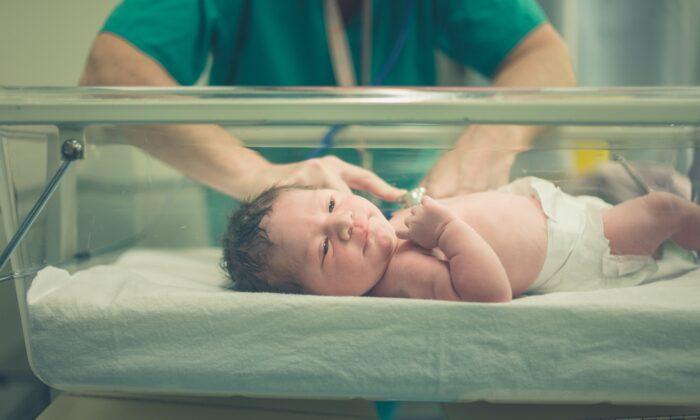The Liberal government will table legislation on bail reform before the end of the spring legislative session, near the end of June, says Public Safety Minister Marco Mendicino.
When asked whether reform legislation will be introduced before the House of Commons rises for the summer, Mendicino said, “The short answer is yes.”
“I share the concerns about the recent spate of violence,” he said, referring to a rise in the number of violent incidents in cities such as Toronto, Vancouver, and Calgary, particularly on Toronto’s transit system.
“We’re committed to dealing with this through reforms to our bail laws, including focusing on repeat violent offenders,” he said. Along with bail reform, Mendicino said, the government is investing in law enforcement and help for mental health issues.
Calls for bail reform ramped up following the murder of Ontario Provincial Police Const. Greg Pierzchala, 28, on Dec. 27. One of the suspects is a repeat offender who was released on bail.
All of Canada’s 13 premiers signed a joint letter in January urging the government to review the bail system.
Cross-Border Cooperation on Guns
Mendicino also spoke on The West Block of recent meetings with U.S. law enforcement to strengthen collaboration on taking illegal guns off the streets.He said the majority of guns used to commit crimes in Canada illegally enter Canada from the United States. The statistics on how many vary, he said, with estimates of 50–75 percent or higher.
Cross-border collaboration will be strengthened by a recently updated memorandum of understanding between law enforcement agencies on both sides, Mendicino said. They will share more intelligence to better trace illegal guns, and they will make use of new technology to trace so-called “ghost guns.”
Gun Buy-Back
Mendicino confirmed the government does not have a precise plan to buy back the assault-style weapons it has banned.But as for the buy-back from individual gun-owners that the government is aiming for, Mendicino said they’re still working on the approach. “This is a program without precedent,” he said.
They face opposition from some provinces, including Alberta and Saskatchewan. “We’re going to work with provinces and territories,” Mendicino said.





